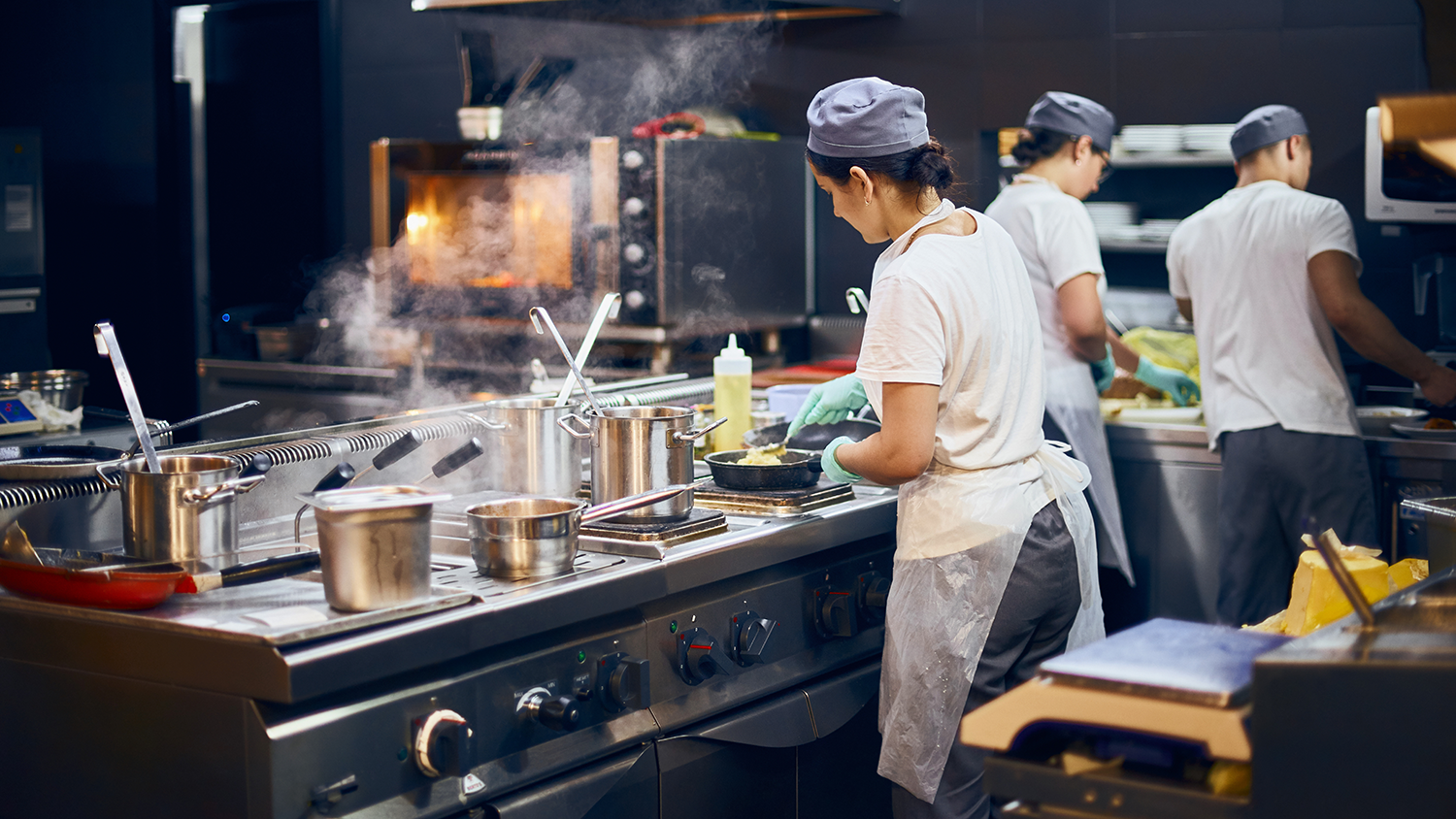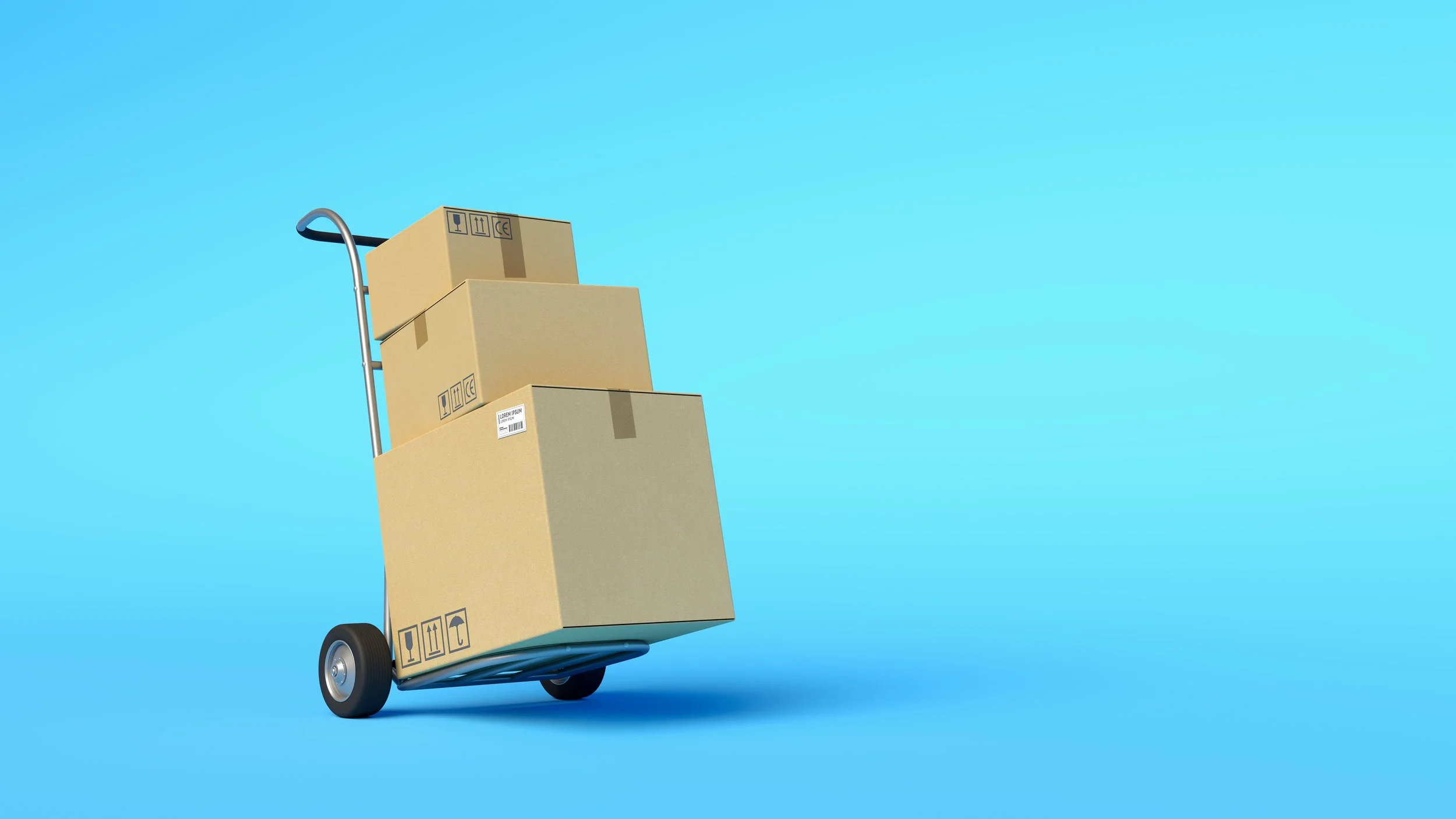By Ashir Altaf, Contributor
Conserving energy in the foodservice sector is extremely important for cutting down overall overhead. Because of the nature of the industry, restaurants tend to consume more natural gas than other commercial business sectors.
The good news is that it is possible to lower your natural gas use. Of course, this is a balance as the vast majority of restaurants cook with gas stoves. So it comes down to making sure your restaurant is being efficient in it’s gas usage, not wasting the resource, and that your equipment is working properly.
In this post, we share some quick tips that you can easily implement to improve restaurant’s natural gas energy efficiency, streamlined operations, and cut down utility bills to boost profits.
1. Hire a Gas Safety Engineer Regularly
One of the easiest tips that offer amazing results is hiring a gas safety engineer to check your restaurant’s gas appliances. This is also best done on a regular schedule just like the rest of your restaurant’s appliance maintenance. It’s also good to make sure that the engineer holds a valid or equivalent training.
The fact is that gas safety engineers do more than just install and fix boilers. A gas appliance safety check would ensure that the appliances are:
Properly adjusted and set for the gas to burn correctly.
Suitable for the location.
Physically stable, properly connected to the gas pipework, and securely fitted.
The engineer would also make sure of the following.
All air vents, chimneys, and flues operate correctly.
All safety devices function properly.
There is a sufficient, permanent air supply for the appliances installed.
Text the gas pipework to ensure that there are no leaks.
Check the installation and inspect the functioning of the appliances.
Not only will this reduce your natural gas consumption, it will also ensure that your restaurant is not a fire hazard.
2. Reduce Energy Use of Cooking Appliances
Another tip that will help you lower your natural gas use is the reduction of energy use of appliances. Firstly, you must use energy-efficient equipment to save energy.
To further reduce natural gas use, here are some additional ideas:
Avoid preheating steam tables, broilers, or grills. When it comes to preheating the oven, 15 minutes should suffice, depending on the desired temperature and the appliance.
Take good care of the equipment by keeping it clean. Grease and carbon built-up would require the cooking equipment to use more energy.
Limit the use of the range top. Ovens and steamers use less energy and do not add as much heat to the kitchen. This makes them a more energy-efficient option.
Cook food faster and reduce heat loss by covering all of the pots.
Schedule the cooking times for utilizing the ovens fully. Thus, you would get to shorten their operating times.
Avoid using two ovens when one would suffice.
Large ovens should not be used when cooking a small amount of food.
Do not use fryers at a temperature above 350º F since higher temperatures are not as efficient.
Before you fry foods such as chicken and potatoes, it is a good idea to precook the foods in a steamer. Steamers tend to be more energy-efficient, thus will help limit your gas bill.
Consider upgrading your cooking equipment for higher efficiency. Some energy-saving updates to consider include demand ventilation and combination ovens.
Separate the cooling equipment and cooking equipment. It will ensure that the refrigerators do not need to work unnecessarily hard. As for the hot appliances such as open burners, steamers, and broilers, you should group them under the same vent.
You should use microwave ovens whenever possible as they use less energy in comparison to other cooking equipment for reheating or even cooking food.
Integrate controls with sensors to ensure that heat input is turned down when there is no food present.
Again, we know that using natural gas is a huge component of your restaurant’s business and doing all of the above might not be feasible or realistic for your business. However, even doing a couple of the items above can help reduce waste and lower your gas bill.
3. Better Manage Water Heating
Although cooking uses a great deal of natural gas, so does cleaning and dishwashing.
Since dishwashing requires plenty of hot water in the foodservice sector, you need to better manage water heating by following the guidelines mentioned below.
Only use the dishwasher when it is fully loaded. Use a cold water rinse during slack periods. Make sure to stack the pots and dishes until you have a full load.
Keep the dishwasher temperature at the right level. Aim for 140° F for the wash, 160° F for a power rinse, and 180° F for the final rinse.
Check the power rinse to ensure that it turns off automatically once the tray has made its way through the machine.
If water is not required, you should avoid heating it. Turn off the dishwasher water heaters and booster heaters when the dishwasher is at closing or not in use.
Make sure that the hot water tanks and pipes are properly insulated and regularly maintained. Hot water leaks tend to be costly. Hence, it is best to avoid a hot water leak.
When the restaurant is closed, you should turn off the water heaters. A great idea that you should consider is installing timers for controlling the water heaters depending on occupancy.
Reduce the amount of hot water that gets used for handwashing by installing aerated faucets.
Get low-flow, pre-rinse spray valves to save usage.
Clean the dishwasher regularly and empty the scrap trays. Check to see if there is no lime build-up and use a de-lime solution to avoid clogging.
4. Ensure Proper Property Heating
Heating, air conditioning, and ventilation also affect overall natural gas consumption. Here is how you can ensure proper property heating.
Install a smart thermostat for controlling the heating and cooling system based on night-time temperature setbacks and occupancy schedules.
Regularly change the filters.
Avoid wasting heated air by only using kitchen exhaust fans when required and at the right speed.
About the Author
Ashir provides ghostwriting and copywriting services. His educational background in the technical field and business studies helps him in tackling topics ranging from career and business productivity to web development and digital marketing. He occasionally writes articles for Gas Safety Certs.















